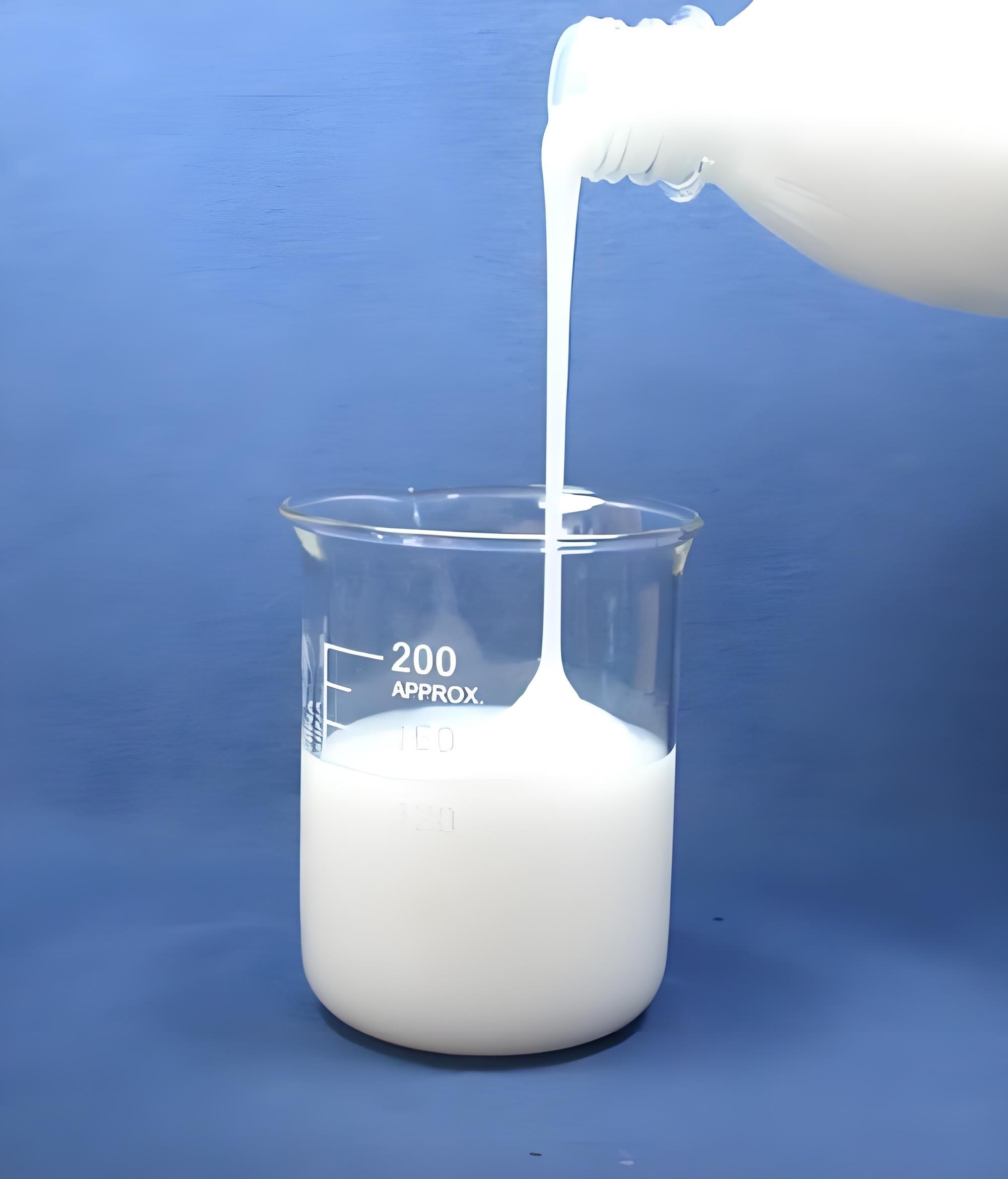In the process of water treatment, the formation of foam is a common problem that needs to be solved. Foam will not only affect the efficiency of water treatment, but also may carry pollutants and affect the final water quality. Therefore, as a chemical agent that can effectively reduce or eliminate foam, defoamer for water treatment plays a crucial role in the water treatment industry.
The main function of defoamer is to destroy the stability of foam and make the foam burst rapidly by reducing the liquid surface tension. The application of defoamers is very extensive in water treatment processes. For example, in the aeration tank, sedimentation tank and other links of sewage treatment, defoamers can effectively prevent the accumulation of foam and ensure the continuity and efficiency of sewage treatment. In addition, defoamers can also effectively reduce the generation of foam and maintain clean water quality in swimming pools, industrial cooling water circulation and other occasions.
At present, there are various types of defoamers for water treatment on the market, which can be divided into organic silicon defoamers, polyether defoamers, mineral oil defoamers, etc. according to their chemical composition. Different types of defoamers have different properties and applicable scenarios, and users need to choose the appropriate defoamer based on factors such as actual water quality, treatment process, and cost.
It is worth noting that with the increasing awareness of environmental protection, the environmental performance of defoamers used in water treatment is receiving more and more attention. Choosing non-toxic, harmless, and biodegradable defoamers has become a new trend in the water treatment industry.


 English
English
 Chinese
Chinese Vietnamese
Vietnamese
 HOME
HOME
 PRODUCT
PRODUCT
 NEWS
NEWS
 CONTACT
CONTACT


